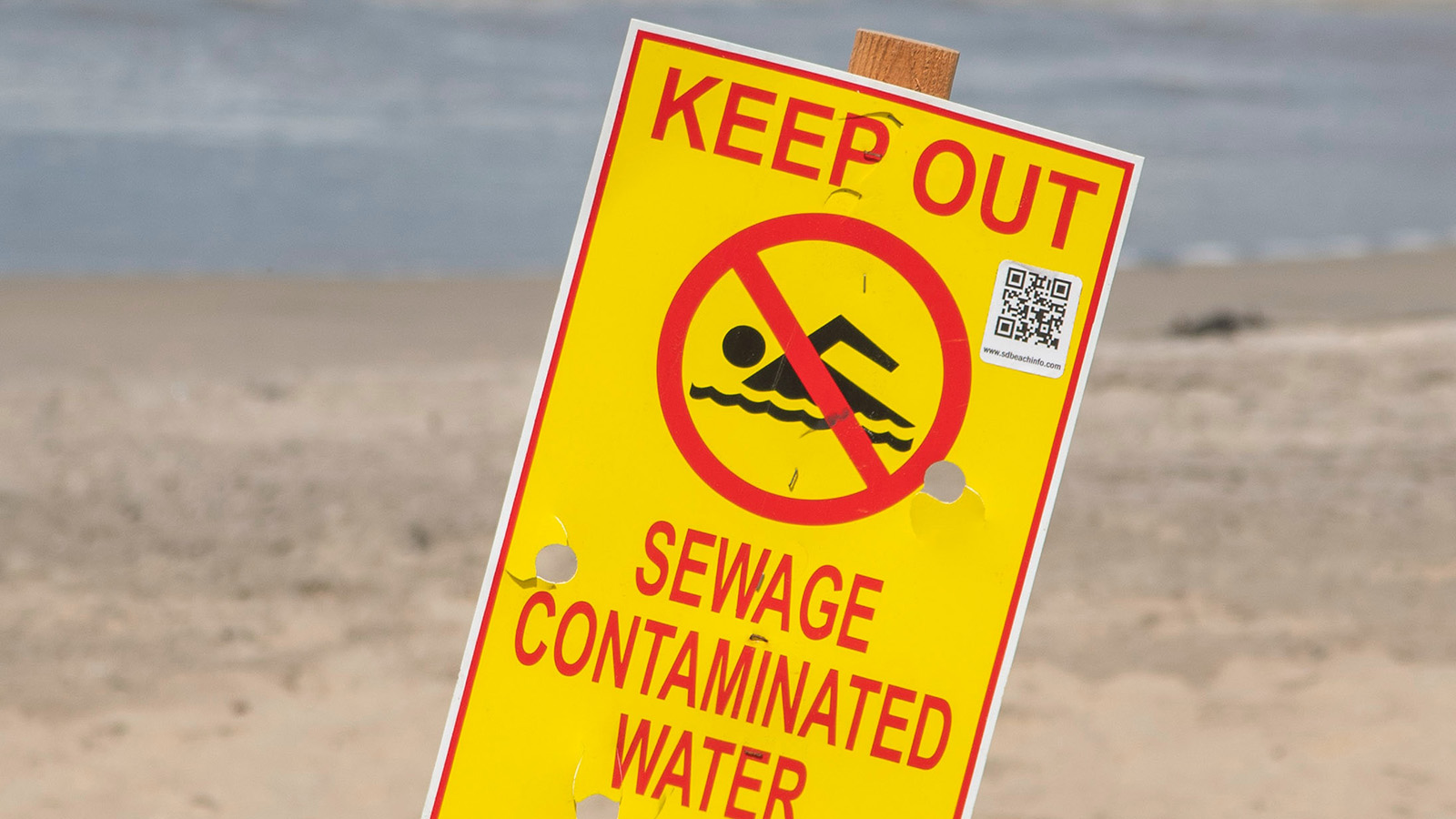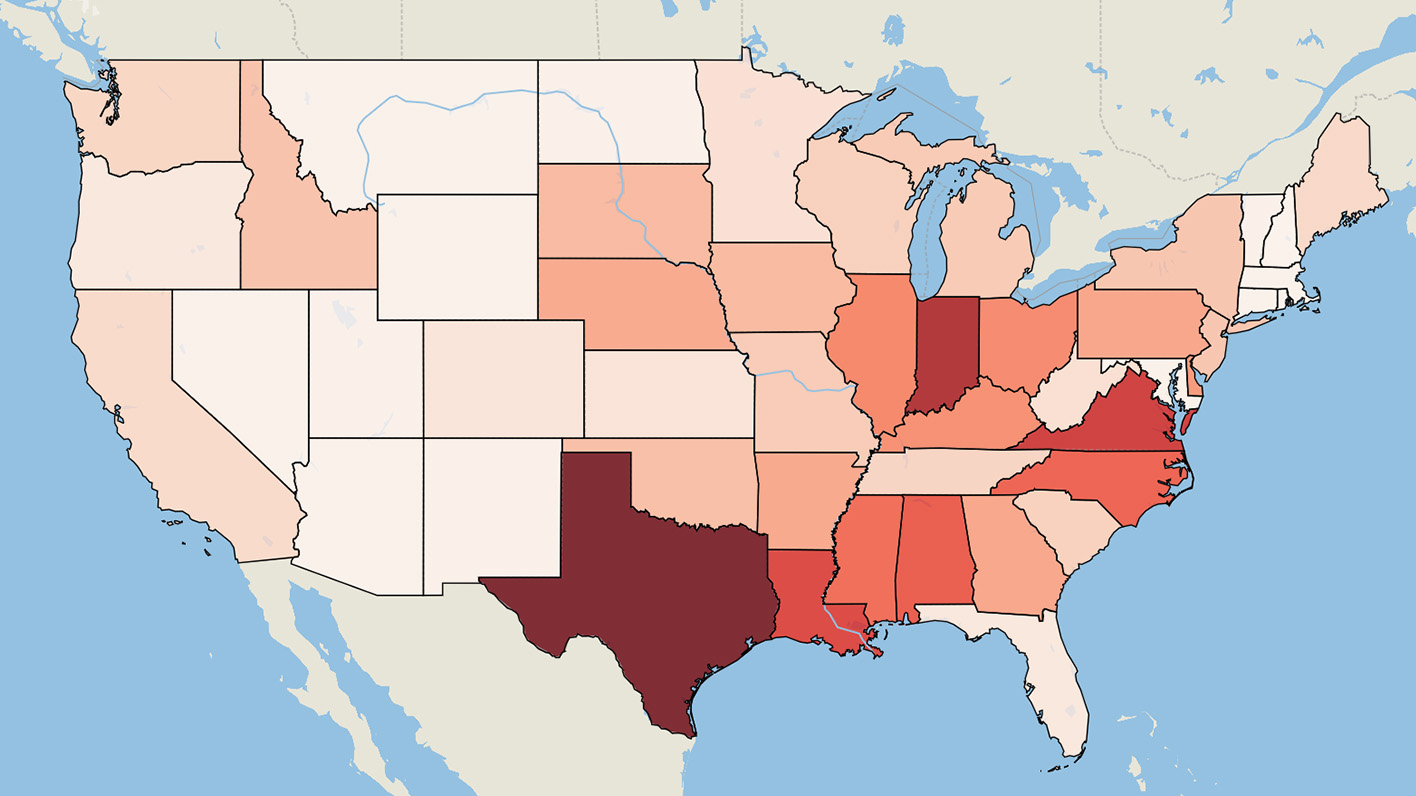
Wasting Our Waterways:
Toxic Industrial Pollution and the Unfulfilled Promise of the Clean Water Act
To protect the public and the environment from toxic releases, America should prevent pollution by requiring industries to reduce their use of toxic chemicals and restore and strengthen Clean Water Act protections for all of America’s waterways.
Toxic Industrial Pollution and the Unfulfilled Promise of the Clean Water Act
Environment Maryland Research and Policy Center
Executive Summary
Industrial facilities continue to dump millions of pounds of toxic chemicals into America’s rivers, streams, lakes and ocean waters each year—threatening both the environment and human health. According to the EPA, pollution from industrial facilities is responsible for threatening or fouling water quality in more than 10,000 miles of rivers and more than 200,000 acres of lakes, ponds and estuaries nationwide.
The continued release of large volumes of toxic chemicals into the nation’s waterways shows that the nation needs to do more to reduce the threat posed by toxic chemicals to our environment and our health and to ensure that our waterways are fully protected against harmful pollution.
Industrial facilities dumped 232 million pounds of toxic chemicals into American waterways in 2007, according to the federal government’s Toxic Release Inventory.
• Toxic chemicals were discharged to more than 1,900 waterways in all 50 states. The Ohio River ranked first for toxic discharges in 2007, followed by the New River and the Mississippi River.
• Nitrate compounds— which can cause serious health problems in infants if found in drinking water and which contribute to oxygen-depleted “dead zones” in waterways – are by far the largest toxic releases in terms of overall volume.
Large amounts of toxic chemicals linked to serious health effects were released to America’s waterways in 2007.
• Industrial facilities discharged approximately 1.5 million pounds of chemicals linked to cancer to more than 1,300 waterways during 2007. The Ohio River received the greatest amount of cancer-causing chemical discharges, followed by the Catawba River in North and South Carolina and the Tennessee River. Pulp and paper mills, along with coal-fired power plants, were among the largest dischargers of cancer-causing chemicals.
• About 456,000 pounds of chemicals linked to developmental disorders were discharged into more than 1,200 waterways. The Alabama River led the way in discharges of developmental toxicants, followed by the Verdigris River in Kansas and Oklahoma and the Mississippi River.
• Approximately 266,000 pounds of chemicals linked to reproductive disorders were released to more than 1,150 waterways. The Ohio River received the most discharges of reproductive toxicants, followed by the Verdigris River and the Mississippi River.
• Discharges of persistent bioaccumulative toxics (including dioxin and mercury), organochlorines and phthalates are also widespread. Safer industrial practices can reduce or eliminate discharges of these and other dangerous substances to America’s waterways.
To protect the public and the environment from toxic releases, America should prevent pollution by requiring industries to reduce their use of toxic chemicals and restore and strengthen Clean Water Act protections for all of America’s waterways.
The United States should revise its strategy for regulating toxic chemicals to encourage the development and use of safer alternatives. Specifically, the nation should:
• Require chemical manufacturers to test all chemicals for their safety and submit the results of that testing to the government and the public.
• Regulate chemicals based on their intrinsic capacity to cause harm to the environment or health, rather than basing regulation on resource-intensive and flawed efforts to determine “safe” levels of exposure to those chemicals.
• Require industries to disclose the amount of toxic chemicals they use in their facilities – safeguarding local residents’ right to know about potential public health threats in their communities and creating incentives for industry to reduce its use of toxic chemicals.
• Require safer alternatives to toxic chemicals, where alternatives exist.
• Phase out the worst toxic chemicals.
The United States should restore Clean Water Act protections to all of America’s waterways and improve enforcement of the Clean Water Act:
• The federal government should clarify that the Clean Water Act applies to headwaters streams, intermittent waterways, isolated wetlands and other waterways for which jurisdiction under the Clean Water Act has been called into question as a result of recent court decisions.
• The EPA and the states should strengthen enforcement of the Clean Water Act by, among other things, ratcheting down permitted pollution levels from industrial facilities, ensuring that permits are renewed on time, and requiring mandatory minimum penalties for polluters in violation of the law.
• The EPA should eliminate loopholes —such as the allowance of “mixing zones” for persistent bioaccumulative toxic chemicals—that allow greater discharge of toxic chemicals into waterways.
• The EPA should issue strong limits on releases of toxic heavy metals from power plants.
Topics
Find Out More


The Threat of “Forever Chemicals”

Who are the top toxic water polluters in your state?


